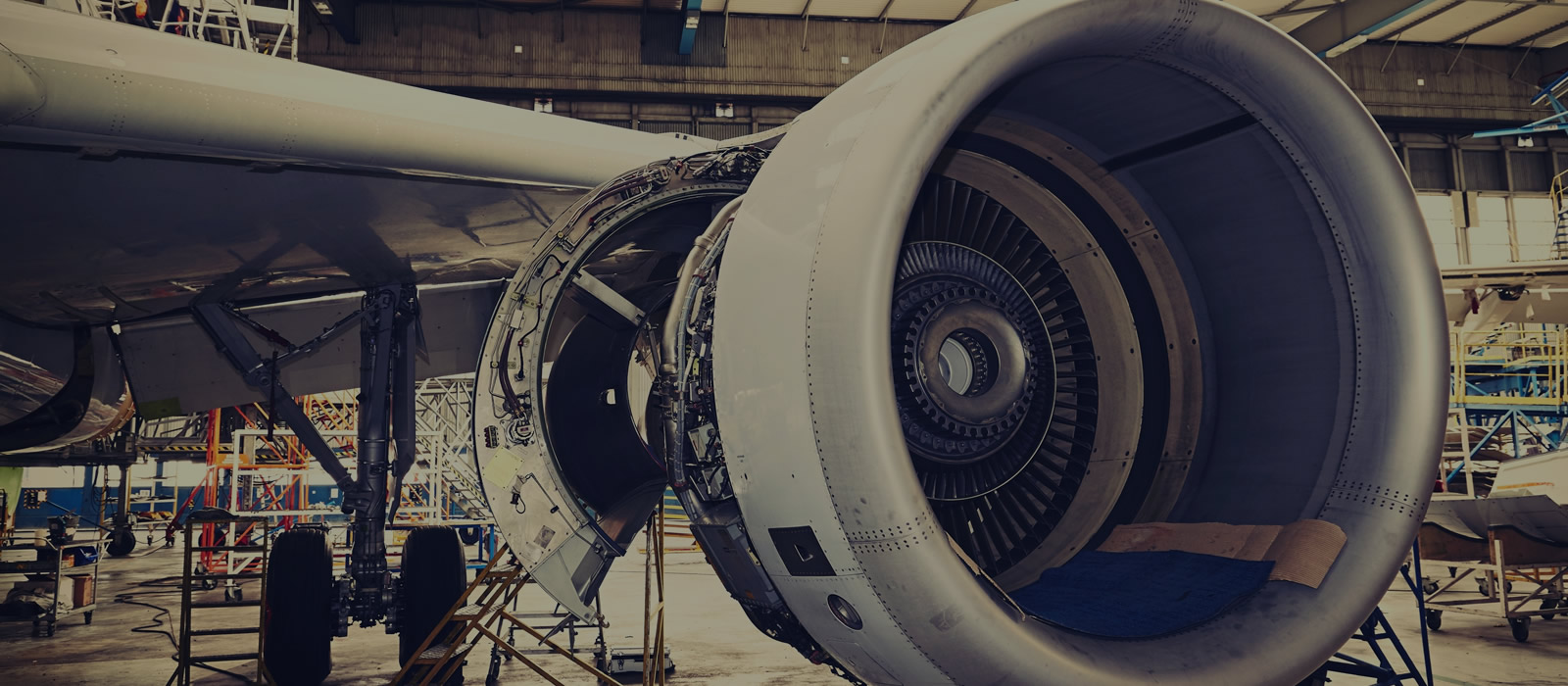The flight simulation portion of the Applied Dynamics Lab houses two flight simulators – the Cessna 172 and Diamond Katana simulators. While the ACE lab simulators are tailored to cognitive performance research, and the CUSP simulator provides a unique range, the Applied Dynamics Lab Cessna 172 and Katana simulators have a different goal.
Commercial flight simulators can cost as much as $10 million dollars making it difficult for many flight schools to afford the technology required to provide pilots with realistic simulation training. Carleton is using the 172 and Katana simulators to address this problem by designing and developing lower-cost simulators that can be used by flight schools while maintaining training effectiveness. The Katana simulator was originally a model DA-20 used for in-air flight training before being grounded by a rough landing several years ago. As a result, Ottawa Aviation Services at the Ottawa Airport donated the small plane to Carleton in 2012. Using the fuselage of a real plane for simulation ensures authenticity so that the flight experience remains as close to reality as possible.
The 172 simulator was originally built by, now defunct, Vector Training Systems, Inc. Without company support, the Vector simulators have almost all fallen into a state of inoperable disrepair. The one currently at Carleton came from the Waterloo Wellington Flight School. Broken beyond affordable repair, our researchers have improved upon the original design, incorporating a 220 degree field of view visual system, seat vibration actuators to reflect the feel of the real aircraft, an immersive audio cueing system, and a software interface allowing the use of modern high-performance computer systems and flight simulation software. The Vector arrived in the Applied Dynamics Lab in May 2014 and will be returned to the flight school as a fully-operational flight training device in early 2016.
